We independently evaluate all recommended products and services. If you click on links we provide, we may receive compensation.
Everyone has that one friend who smells good all the time. All day, every day, no matter what — when they walk by and you get a whiff, it smells like heaven. It’s not magic. And no, they don’t have some sort of aura you don’t. Chances are, they probably just have really good fragrance technique.
Sometimes, it’s not enough to simply spray a scent onto your neck and the insides of your wrists. The key to making your fragrance last all day is a series of tactics that will help you amplify the scent you want to give off. And they’re not hard to master.
We tapped two fragrance pros to find out how to build a routine and habits that will make your fragrance last as long as possible. Follow these tips, and you’ll be the one having everyone ask, “Who smells so good?”
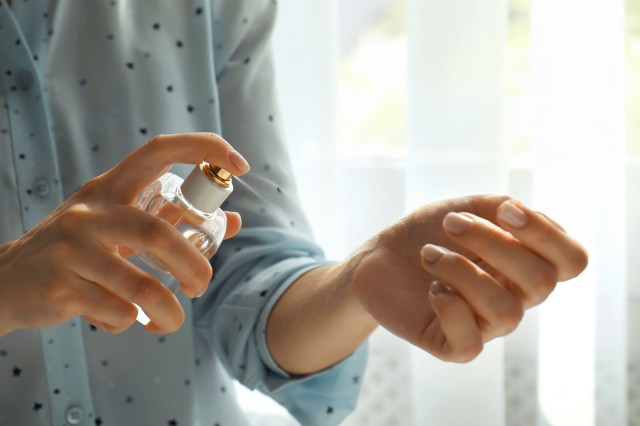
Know the Strength of Your Scent
It’s important to have a base understanding of the potencies fragrances typically come in. Knowing what they are and how intense or light they may be will help you temper your expectations for performance and choose how to best layer your scents (more on that later). We’ll go over three of the most common potencies: eau de toilette, eau de parfum, and extrait de parfum.
"According to the French classification, eau de toilette typically has a concentration that ranges between 8% and 10%,” says Débora Xavier, product development manager at Granado Parfums. It will typically last you around six hours. Eau de parfums are stronger, with a 15% to 20% concentration that helps them last around 10 hours. “[EDPs also have] heavier molecules, which provide better adherence to the skin,” Xavier adds. The strongest potency is extrait de parfum, which has a concentration of more than 30%. This type of fragrance tends to last the longest and can linger on your skin for up to 12 hours and on fabric for even longer.
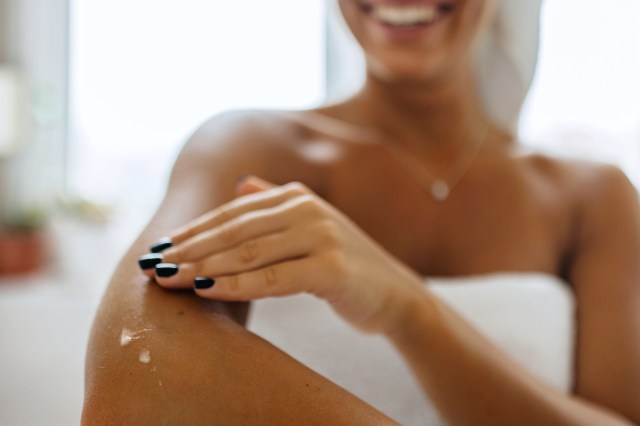
Moisturize Your Skin
Just as you would use a primer before putting on makeup, it’s best to prime the skin on your body before spraying on a scent. In this case, moisturizer is your skin prep. “Dry skin doesn’t hold on to fragrance as well as moisturized skin,” says Joyce Barnes, director of marketing at Tocca.
Make sure you at least apply a moisturizer to the parts of your body that you’ll be spraying — it will make all the difference. You want the scent molecules to get trapped in that hydrated goodness to boost their staying power and sillage, aka your scent trail. Lotions, creams, or even Vaseline all work well. You can also opt for scented lotions, balms, and oils, too, if you care to combine your scents.
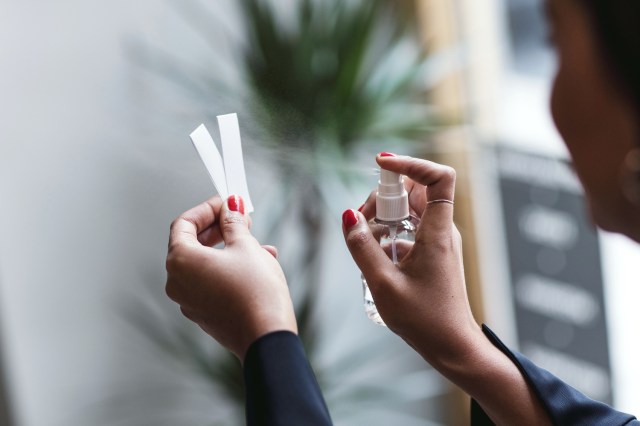
Layer Your Scents
Fragrance layering is one of the most potent techniques to make your scents last longer, and there are a few different ways to do it. The first is with scented body oils and moisturizers. “Many fragrances are also available in a coordinating lotion or dry oil so you can maximize the scent,” Barnes says. Having that crucial layer of moisture giving off its own fragrance will add complexity and longevity to the spray you intend to put over it. You don’t have to match your moisturizer scent to your fragrance exactly, though.
Instead, look for scented oils and lotions in the same fragrance family as your perfume, or make sure they have similar or complementary notes. Your nose knows. If they smell good together to you, wear them. For example, if you have a rose-heavy eau de parfum, start your layering process with a scented rose lotion or body oil first.
You can also layer with other spray-on fragrances. When you do that, the same rule of thumb applies. Look for scents with similar or complementary notes. If you’re unsure what works, spray each of your scents on a tester strip, then smell them together. If you like the combination, spray it on your skin and clothes.
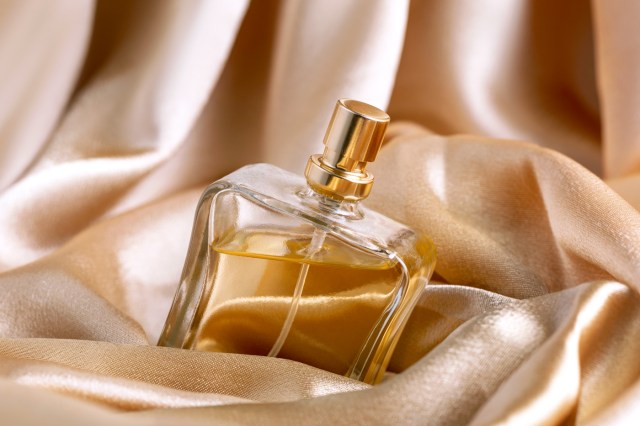
Spray Your Clothes
Fragrance tends to stick around longer when it’s on fabric, so be sure to hit your clothes with a couple of sprays, too. Be careful, though — some fragrances are made with oils that might leave a mark on your garments, so make sure you do a test spray on a piece of fabric you’re OK with possibly staining.
This article is for general informational purposes only.
Affiliate Disclaimer Medical Disclaimer



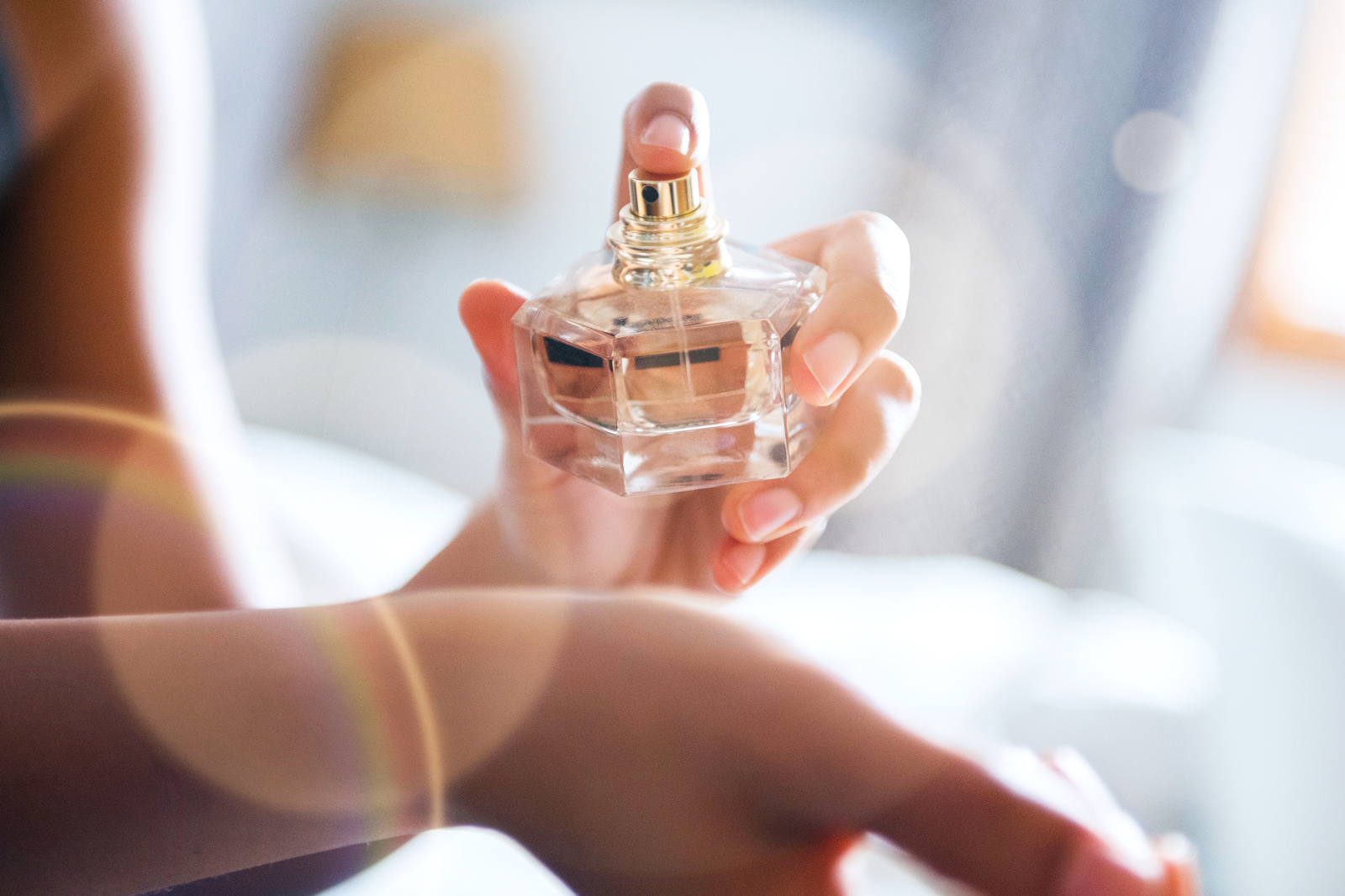


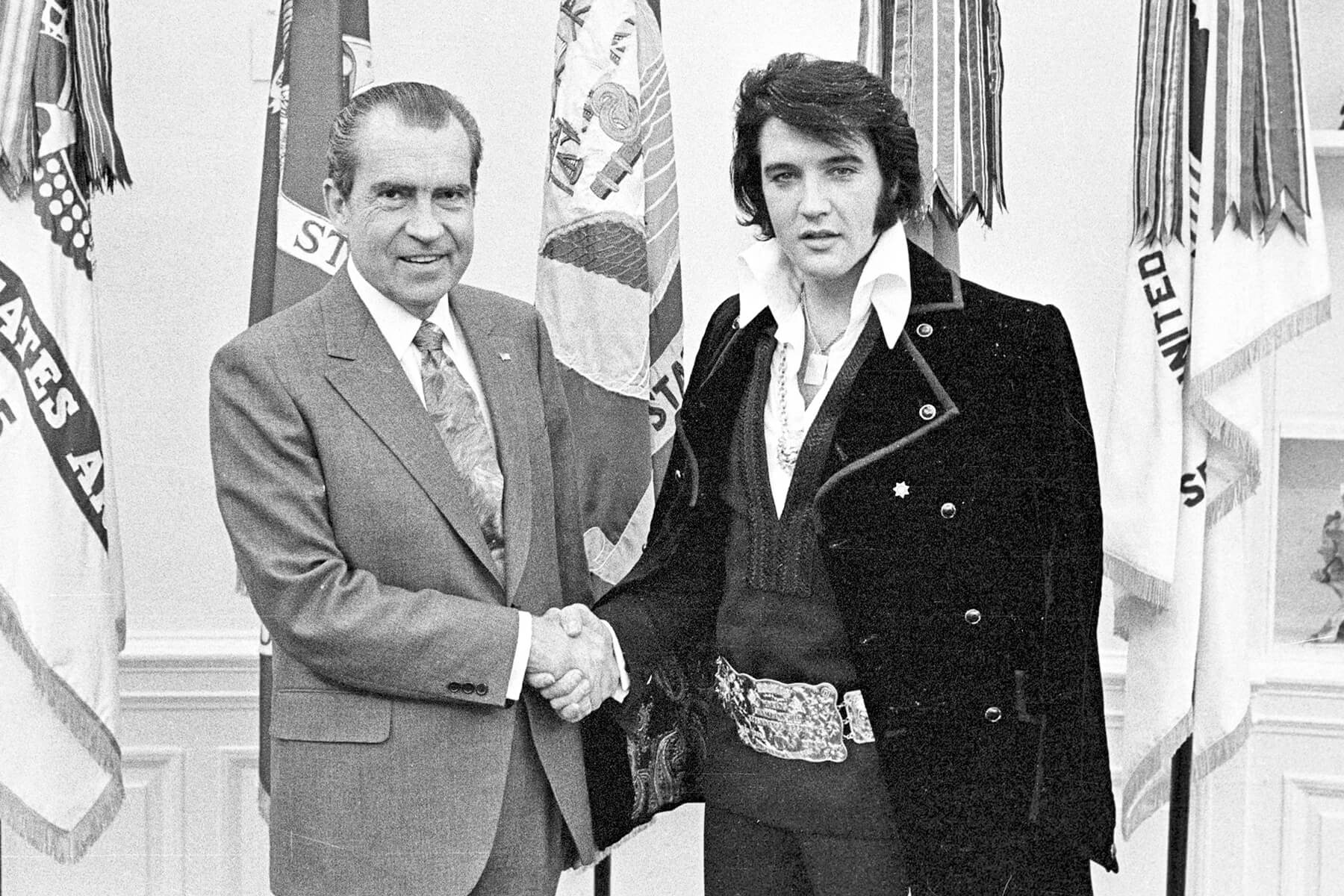
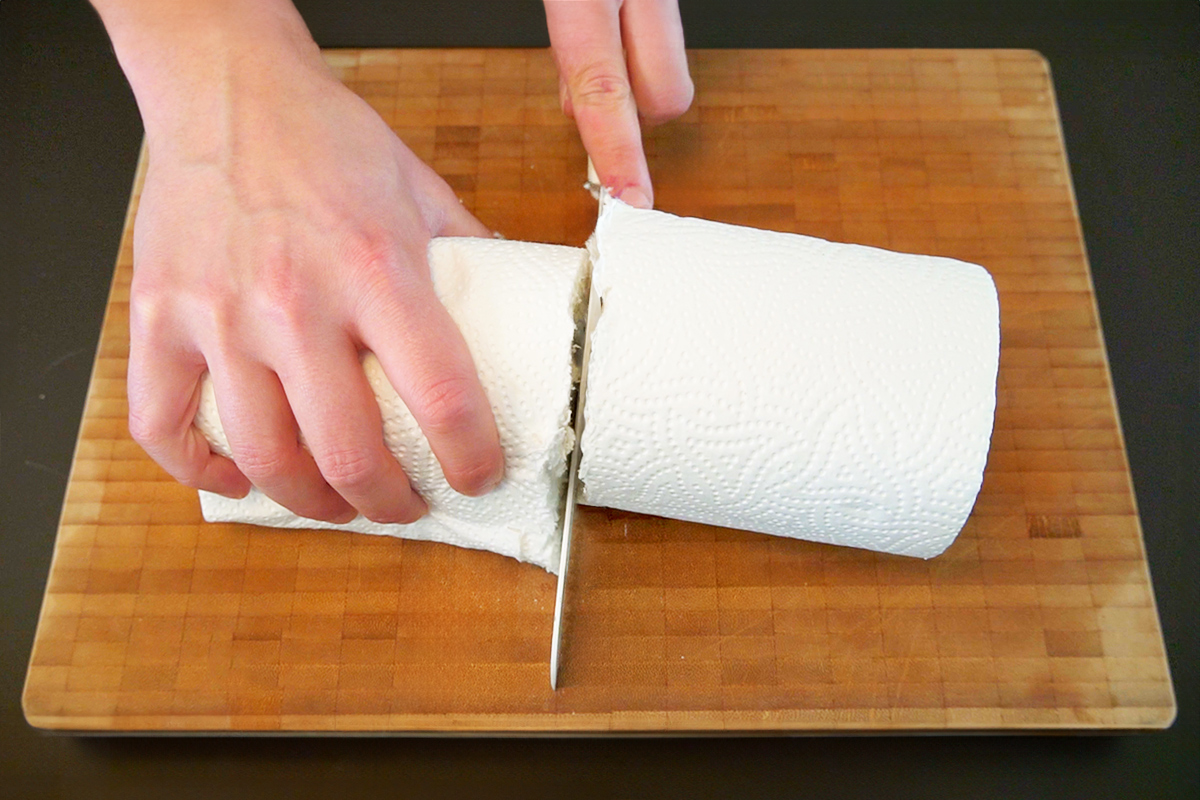


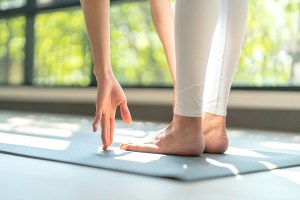


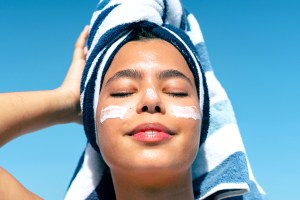


 Unique Beauty is free for all users.
Unique Beauty is free for all users.